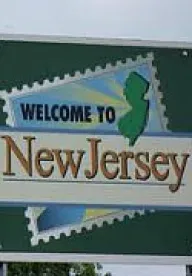The Safe Dam Act (SDA) requires “[a]n owner or person having control of a … dam,” such as the dams that form artificial lakes and other impoundments throughout New Jersey, to maintain the dam in accordance with current regulatory standards and to implement “any action ordered” by the Department of Environmental Protection (DEP) to correct unsafe conditions. Many lakes and impoundments were created decades ago for agricultural or commercial purposes but are now enjoyed for recreation or scenic value. Often the dams do not conform to current engineering standards, and compliance with the SDA can be costly.
A January 2, 2015 decision of the Appellate Division of the Superior Court of New Jersey illustrates how broadly the SDA casts its net. DEP vs. Alloway Township involves Cobb’s Mill Dam, which forms a private lake owned by William Cobb. The dam was originally built in the 1800s by an ancestor of Mr. Cobb. Today the dam supports Cobb’s Mill Road, and a document recorded in 1876 suggests Salem County acquired a right-of-way to build a road across the dam.
The County has maintained the dam since early in the twentieth century, and made improvements to the dam in 1923, 1932 and 1988. Alloway Township maintains the roadway itself. DEP sued Cobb, the County and the Township, contending they are all owners or persons having control of the dam, and are all responsible for bringing the dam up to twenty-first century standards. Each pointed the finger at the other. In a “plague on all your houses” decision, the Appellate Division decided there may be multiple owners or persons having control of a dam, ruling that Cobb, the County, and the Township are all responsible for compliance with SDA requirements.
Today, developers continue to buy former farmland or other property with lakes or other impoundments that may be incorporated into a new development. Even when the dam is owned by a public entity, the owner of the lake may be responsible for the costs of maintaining the dam.




 />i
/>i
